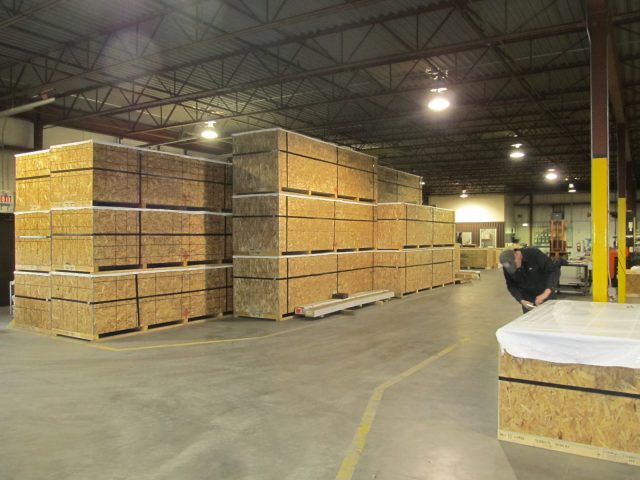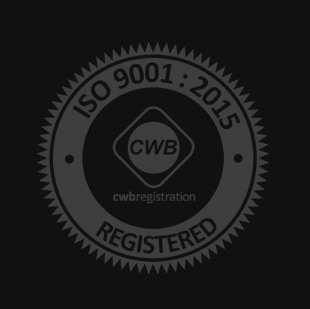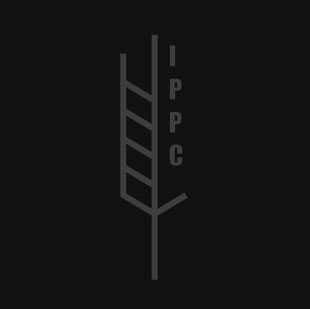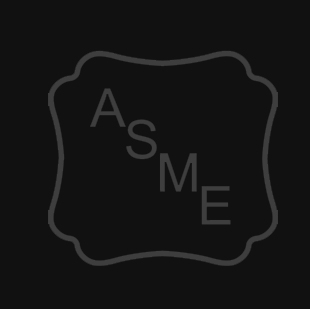In a global marketplace, Quest-Tech Precision recognizes the importance of providing export crating services to its clients and customers. Such a service is essential for secure, efficient, and timely delivery of the custom and precision sheet metal fabricated parts and assemblies that Quest-Tech is noted for. Export crating services are offered on a value-added basis for all products fabricated, painted, or handled on-site. Factoring in the service allows customers to ship their fabricated products internationally with peace of mind.
Customers will want to consider a number of details if they are planning on using export crating services. Design of the crate, options and materials, knowledge of shipping regulations and logistics, and documentation are custom-tailored to meet our customers’ shipping needs. Here are 4 important details to consider when planning export crating of your fabricated products:
1. Custom Design
Due to their size, shape, weight, and-or dimensions, precision fabricated metal components and assemblies will, in general, require wooden crating to securely transport the assemblies. As each product is uniquely fabricated for a particular application, the crates are custom designed for the product. Custom-designed crates will snugly fit and secure fabricated parts to ensure the product can be shipped without damage.
Nearly every custom wooden crate can be aptly described as a six-sided container. However, design variations are numerous and are largely determined by the product to be shipped combined with the transportation method and storage conditions. The durability of crates can be greatly affected by such environmental factors as dry or humid air, low or high pressure, and fluctuating temperatures. Humidity can have an impact on the packed, fabricated metal products and, depending on their dimensions or weight, the structural integrity of the crate itself.
2. Crating Options and Materials
Though there are many custom crate design variations to consider, the finished crate will be based on either a closed, opened, or framed design concept. As the name suggests, closed crates completely or near completely protect a product within a wooden enclosure. Open crates are designed with slats of protective sheathing placed at measured gaps or intervals around the enclosure. Framed crates provide a skeletal structure only, with no enclosure. Depending on weight, more boards, referred to as “cleats,” may be added across the crates for reinforcement. Some crates are also designed with skid bottoms for easier forklift access.
Whether a closed, open, or frame-designed crate, materials used in crating may consist of hard or soft wood, plywood, or particleboard, hardboard, and oriented strand board, or a combination thereof. No matter the wood material selected, all crating designed for export services must meet international protocols for wooden packaging materials, including the skids or pallets for the crating.
3. Crating Standards Must Meet International Protocols
Due to environmental concerns, in March of 2002, under the aegis of the UN, the International Plant Protection Convention (IPPC) convened and adopted an international standard for wood packaging material (WPM) to prevent a pathway for the introduction and spread of pests through materials made of unprocessed raw wood.
Untreated raw wood too often runs the risk of containing mold and mildews, or bug species and their larva, which can pose a serious environmental risk to native species once introduced to a foreign environment. Invasive species introduced into a vulnerable and unprepared ecosystem can lead to the devastation of that system.
No better example serves in recent times than the introduction of the Asian emerald ash borer beetle to North America via wood packaging material in 2002. First detected in the Detroit, Michigan and Windsor, Ontario area, since its arrival it has destroyed millions of ash trees throughout the entire Great Lakes region and Midwest, has migrated as far south as Dallas and Atlanta, as far west as Denver and Winnipeg, and east to Maine, New Brunswick and Nova Scotia. Quarantine measures and treatment to contain the pest have cost forest products industries, municipalities, nursery operators, and property owners hundreds of millions of dollars.
IPPC standards call for raw coniferous and non-coniferous wood used for WPM to be heat-treated or fumigated with methyl bromide following the International Standards for Phytosanitary Measures, No. 15 Regulation (ISPM-15) guidelines. All wooden crates used in international shipping must bear the ISPM-15 mark certifying treatment. This includes all wood packaging material in addition to crating—pallets, pallet collars, skids, dunnage, cases, drums, packing blocks, load boards and the like.
On the other hand, those wood packaging materials constructed of wood-based products manufactured using glue, heat and pressure treatments or a combination thereof—plywood, particleboard, veneer, or oriented strand board—have had the risk of raw wood pests eliminated during processing and are considered safe to use.
4. Commonly Used Export Documents
Documentation is needed for all export shipments. In addition to pro forma and commercial invoices between the buyer and the seller, as well as a detailed packing list, standard transportation documents would include an air waybill or a bill of lading. Export compliance documents, licenses, and destination control statements may also be required. To help streamline the process, Quest-Tech partners with its customers on logistics to fulfill requests and handle all shipping requirements to ensure product delivery.
To inquire about our export crating services for metal fabrication projects, please contact us at Quest-Tech today!



